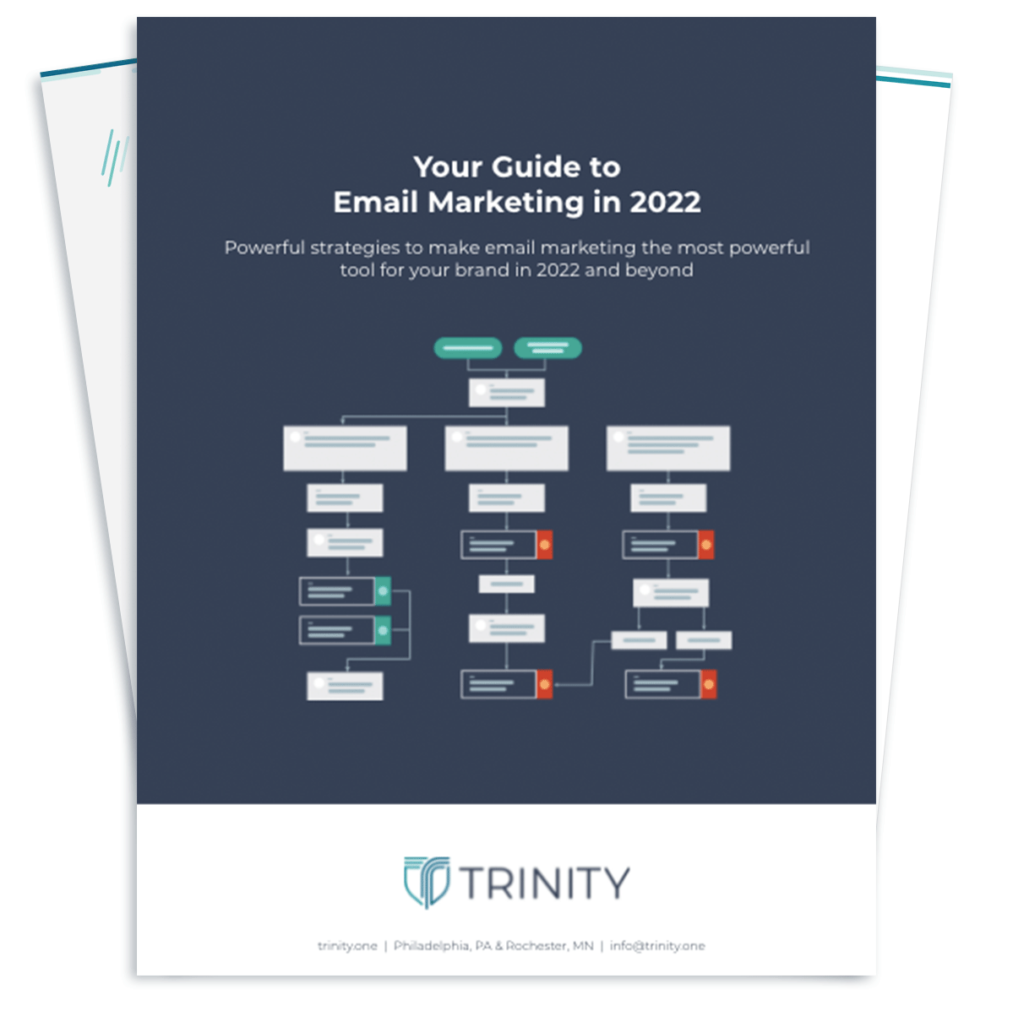In April of 2015, Google released a mobile update that search marketers dubbed “Mobilegeddon.” For the first time, Google would show users different search results depending on what type of device they were using. Customers on their smartphones would be more likely to see results from mobile-friendly websites. This update kicked off the company’s current focus on mobile, but it was hardly the last.
In the following months, other changes arrived, updating Google’s UI and leaving websites without a mobile responsive interface in the dust. It doesn’t matter if you’re an eCommerce site or just want to drive traffic to your brick and mortar store: if you’re not mobile-friendly, you’re leaving a growing amount of money on the table.
A year after Mobilegeddon, some companies are still digging in their heels. One study by Clutch found only 68% of businesses have a mobile-friendly website and 19% are unsure whether they will have one by 2018. If you fall into that 19%, your company could struggle more this year outside of the mobile environment as well.
Mobile UX Influences Foot Traffic
Whether you have a thriving eCommerce site or just want to direct customers to your brick and mortar location, you need a positive mobile experience to drive in-store sales.
Google recently addressed the myth that companies with a strong eCommerce site should only focus on the cart and digital conversions. Having useful information about nearby stores matters, too.
In fact, 75% of shoppers said they were more likely to visit a store if they found helpful local information in the search results. While you might think this data reports on customers who were already looking for your address or store hours, the actual user behavior goes well beyond that. The largest factor to drive customers in store was having the right items in-stock and at a competitive price.
Furthermore, there’s reason to believe that a strong mobile site can actually increase the basket of your customers when they do walk through the door: 56% of customers said that the ability to research additional items in the store helped them decide whether or not to visit the brick and mortar location. For example, a customer that searches for rain boots might click on a local listing, and then decide to go because they also have a wide selection of rain jackets.
Local and Store Focused
Driving local traffic from mobile devices is about more than just optimizing around organic traffic, however, it’s also a growing trend in SEM. Google’s Store Visits data and Estimated Total Conversions (ETC) in its Adwords interface takes a sample of data from users who have enabled Location History on their smartphones. This data provides an estimated conversion value of customers that visit your site and then go to the store.
This data can provide better insight into the customer experience and even product performance. A retailer might have a low conversion rate for jeans on their website, but a high number of store visits, letting them know the customer wants to look for the brand and try them on before they buy. Instantly, that product is more valuable than Adwords was making it seem.
Google is also starting to push Local Inventory Ads that list individual products that can be purchased locally, in an effort to drive customers in-store through mobile searches.
Google’s UX Influenced by Mobile
Four months after the Mobilegeddon update, business saw how the algorithm affected them. SMBs with mobile-optimized websites saw an 11% increase in traffic in the months following the change. If you think your site is too small to be affected, consider this: businesses with an average of 100-200 visits per week reported a 14% increase in traffic.
As Google continues to drop non-mobile friendly pages, those that have a mobile-responsive design will see their visibility on smartphones increase. Last year, Google announced that more than half of all searches started on mobile devices, and this trend will continue to grow. Your customers are turning to their phones to get the information you need, and if you’re site isn’t there they’ll find your competitors instead.
However, Google’s mobile update is about more than site design, they’re changing how they display results as well. Last August, the search engine updated its local results from the traditional “7-Pack” listing of businesses to the more condensed “3-Pack.” The main reason for this is mobile: three listings fit comfortably on a smartphone screen, which would increase the number of clicks and conversions. Furthermore, many experts believe the four listings that were removed weren’t generating many clicks anyway, or else Google wouldn’t have cut them from the SERPs.
Considering nearly half of all search queries feature local results, it’s no surprise that Google wants to make the experience as helpful as possible to users. As a small business owner, it’s always a good idea to pay attention to where the search engine is going. If Google is focused on a trend, it’s because that’s where they can best reach customers.
Smartphones Lead Sales Funnels
Customers use their smartphones to research products before visiting the store, but they continue to engage on mobile throughout the checkout process. Almost 90% of customers use their smartphones in-store to help with a purchase, with 54% of customers running price comparisons.
Businesses that use this information to their advantage can increase conversions by identifying customers who are on the fence and offering them incentives to purchase. Almost 58% of customers were more likely to buy if there were push notifications with a discount or a coupon readily available. Meanwhile, if a product is unavailable in a particular side or color, a strong ecommerce site can convince customers to buy an item online once they’ve tried it on.
Many businesses worry that allocating digital marketing funds to in-store sales will hurt their ROAS, while brick and mortar associates avoid pushing the mobile site because they often see it as competition for in-store sales.
In actuality, the eCommerce department and the stores should work together, driving sales for the whole company. Without an engaging mobile experience, your customers might visit another site instead, losing you potential online sales, or visits to your store.
Flickr image by SOZIALHELDEN licensed under CC 2.0.




